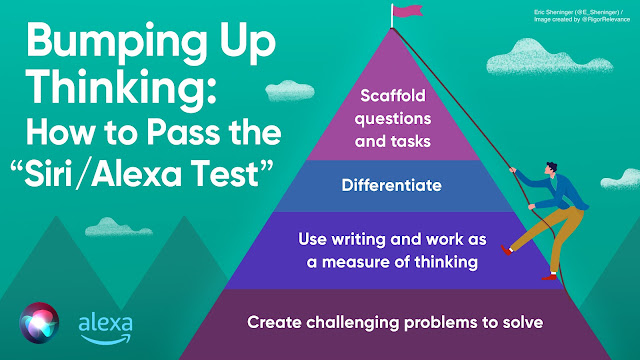I absolutely love being at home. Having an intense travel schedule makes you cherish the little things that help alleviate stress and relax. One of my favorite pastimes is taking advantage of being outside any chance I get. Moving to Texas seven years ago meant the weather would stay warmer longer, making this more realistic. There is almost always music, whether in the pool, doing yard work, or hanging out with family and friends. My wife even got me a JBL boombox for my birthday last year, which is so much better than hardwired speakers, thanks to Bluetooth and super loud sound. We can’t even keep it on tables as the bass is so strong that the vibrations make it roll off.
Advances in technology make listening to music an incredible experience these days. Thanks to artificial intelligence in the form of Alexa, everyone is now their own DJ. With my outdoor setup, I connect the boombox to the Amazon Firestick and then use the remote to have Alexa play my favorite songs using voice recognition. Most of the time I choose the greatest hits from the 1980s, but my diversified tastes take me through numerous genres. No matter my listening mood Alexa never lets me down, although there are times that I need to repeat my request.
I share the personal story above as access to artificial intelligence in the form of Siri and Alexa has impacts on the education space. Whereas in the past, knowledge could be readily accessed from encyclopedias and books, this took time. The Internet drastically changed this process by ushering us all into the Information Age. Artificial intelligence is now a disruptive force that allows anyone to instantaneously access basic knowledge and facts. I see this as an opportunity in the classroom and beyond, but we must be honest about where some practices currently lie.
Educators love using game-based tools such as Kahoot, Quizizz, Blooket, and Gimkit as a means to review prior learning, check for understanding, and close lessons. I often see these in action a great deal when coaching in schools. The rub, however, comes in the form of the types of questions asked as the majority are simple recall or knowledge-based with stems such as who, what, where, and when. While this might be essential in the lower grades, it wanes in value as kids age. No longer do any of us have to “Google” an answer when we can just ask Siri or Alexa. I typically prove this point during workshops where I ask a low-level question using a “what” question stem and Siri responds with the correct answer every time.
With the tools above, the key is to use question stems that get students to demonstrate understanding through comprehension. However, we shouldn’t stop there. In Chapter 3 of Disruptive Thinking, I detailed how the Relevant Thinking Framework can be used to challenge all learners now and well into the future. Below are some simple strategies any educator can use to bump up the level of thinking in the classroom:
- Scaffold questions and tasks (specific strategies HERE)
- Differentiate
- Use writing and work as a measure of thinking
- Create challenging problems to solve
If we are to prepare learners for success in a disruptive world, we must make efforts to ensure they are competent. This is how we can pass the Siri and Alexa test.

No comments:
Post a Comment